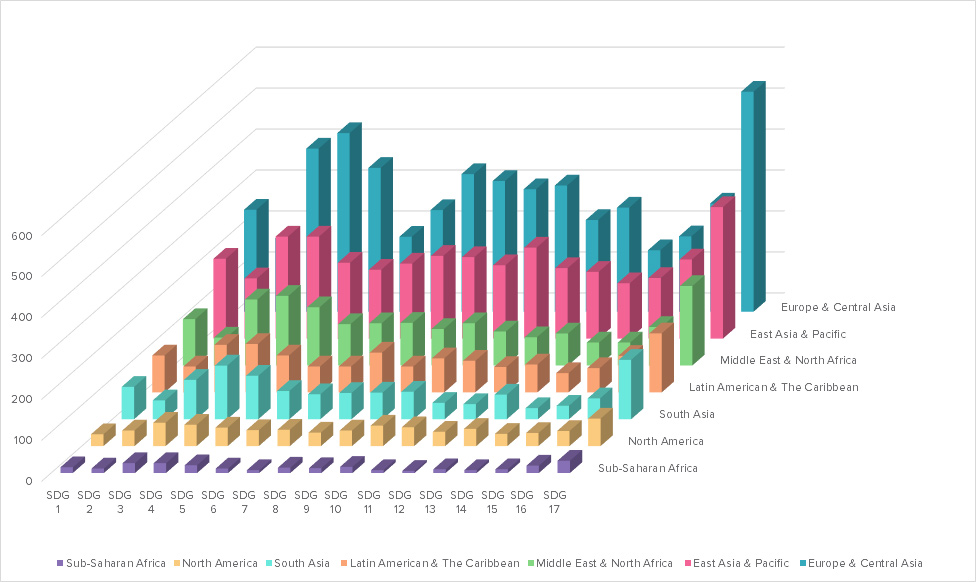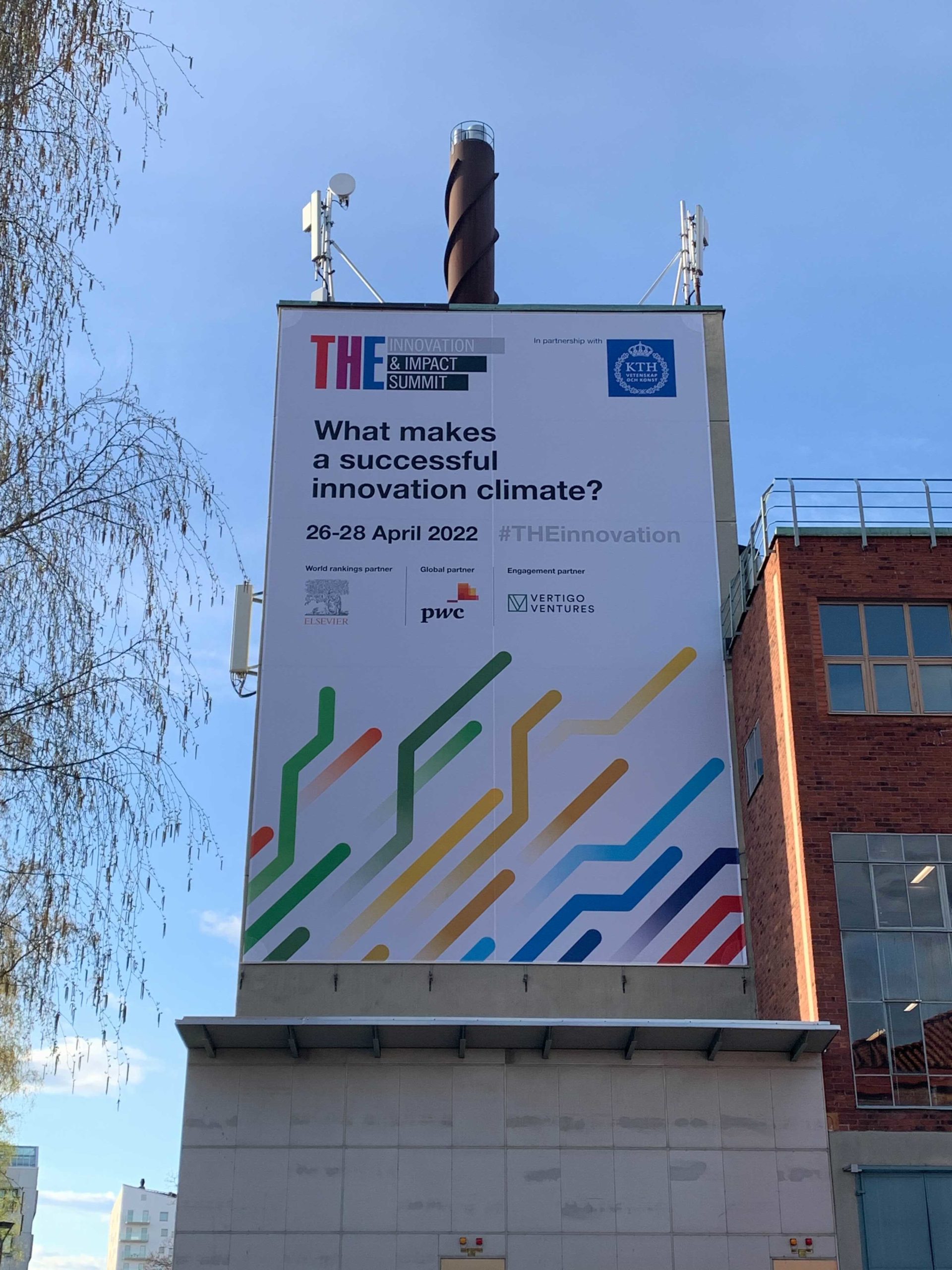The Times Higher Education (THE) Impact Rankings (IR) 2022 were released last week. As the world’s only such impact ranking, it measures the higher education sector’s contribution to the UN Sustainable Development Goals (SDGs).
First off, congratulations to all the universities who submitted this year, as unlike other rankings, the IR requires effort from every stakeholder within universities to contribute and make a change on campus – this is definitely not a task of one single office. And secondly, here are some of our learnings from the ranking this year.
1. More and more universities are making valuable changes
The continuous increase of participation by universities is a positive note for sustainable development and indicates to stakeholders of higher education that the sector is committed and working hard to contribute to the 2030 SDGs. Students, faculties, staff, donors & funders, business partners, and employers should be proud of their universities’ accomplishments regardless of their positioning.
Below we can see the distribution per territory and SDG of submissions:

2. Sustainability is a marathon, not a sprint
It is important to understand the role of the Impact Rankings in amplifying the need for mindset change when it comes to the sustainability of universities.
This manifests as a commitment to continual improvement, monitoring, and measurement; a need to listen to stakeholders and to have active leadership by the Board of Governors and senior management to play in the integration of sustainability into long-term strategy; and a need to look externally from a global perspective and setting goals accordingly. Results won’t be seen immediately because a change mindset is a process. The Impact Rankings should be a beginning for the sector to contribute to sustainable development and not the goal posts.

3. Moving forward, it is time to move to performance from compliance
The sector should identify a number of global, universal indicators to measure and monitor progress against the SDGs – in fact several universities have already started this process. It is time for higher education to make these data more accessible, comparable, available in real-time, and based on widely-recognised standards.
This will help the sector to map its performance against the SDGs and enables universities to accelerate their sustainability journeys. The higher education sector should lead in the development of new technologies and innovative solutions to effectively gather, analyse and share data.
4. It’s good to be back in person!
In the wake of the pandemic, it was a refreshing change to have so many involved in the higher education sector gather in Stockholm for the Innovation and Impact Summit 2022!
Follow the VV journey below:
A big congratulations to all who participated and we will look forward to next year’s rankings!

